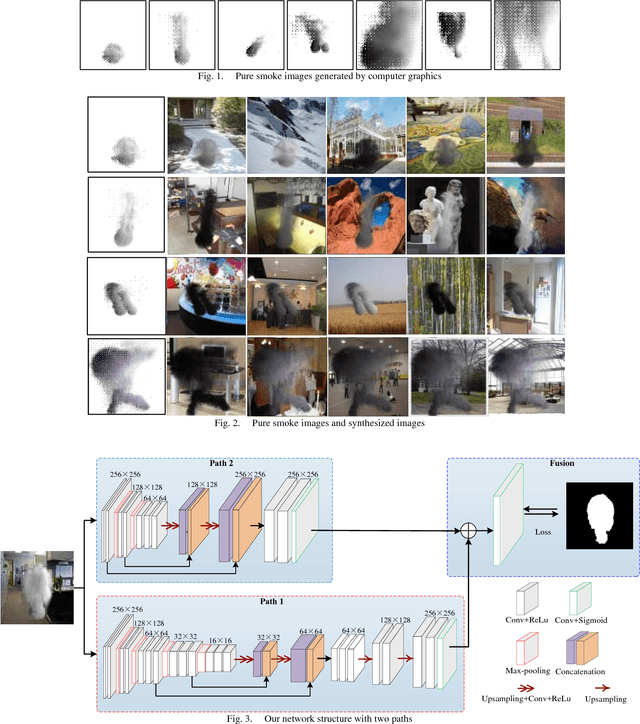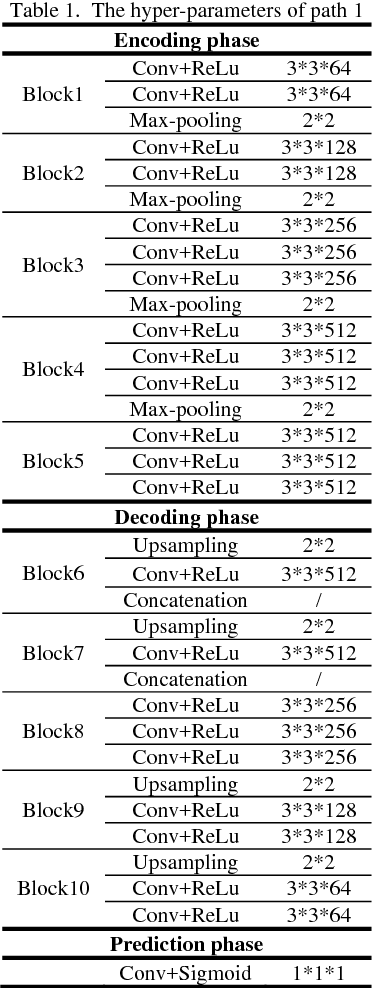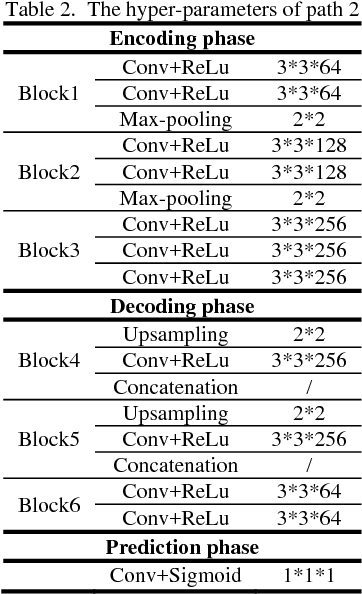Feiniu Yuan
Deep Learning-Based CSI Feedback for RIS-Aided Massive MIMO Systems with Time Correlation
Mar 19, 2024



Abstract:In this paper, we consider an reconfigurable intelligent surface (RIS)-aided frequency division duplex (FDD) massive multiple-input multiple-output (MIMO) downlink system.In the FDD systems, the downlink channel state information (CSI) should be sent to the base station through the feedback link. However, the overhead of CSI feedback occupies substantial uplink bandwidth resources in RIS-aided communication systems. In this work, we propose a deep learning (DL)-based scheme to reduce the overhead of CSI feedback by compressing the cascaded CSI. In the practical RIS-aided communication systems, the cascaded channel at the adjacent slots inevitably has time correlation. We use long short-term memory to learn time correlation, which can help the neural network to improve the recovery quality of the compressed CSI. Moreover, the attention mechanism is introduced to further improve the CSI recovery quality. Simulation results demonstrate that our proposed DLbased scheme can significantly outperform other DL-based methods in terms of the CSI recovery quality
Deep Smoke Segmentation
Sep 04, 2018



Abstract:Inspired by the recent success of fully convolutional networks (FCN) in semantic segmentation, we propose a deep smoke segmentation network to infer high quality segmentation masks from blurry smoke images. To overcome large variations in texture, color and shape of smoke appearance, we divide the proposed network into a coarse path and a fine path. The first path is an encoder-decoder FCN with skip structures, which extracts global context information of smoke and accordingly generates a coarse segmentation mask. To retain fine spatial details of smoke, the second path is also designed as an encoder-decoder FCN with skip structures, but it is shallower than the first path network. Finally, we propose a very small network containing only add, convolution and activation layers to fuse the results of the two paths. Thus, we can easily train the proposed network end to end for simultaneous optimization of network parameters. To avoid the difficulty in manually labelling fuzzy smoke objects, we propose a method to generate synthetic smoke images. According to results of our deep segmentation method, we can easily and accurately perform smoke detection from videos. Experiments on three synthetic smoke datasets and a realistic smoke dataset show that our method achieves much better performance than state-of-the-art segmentation algorithms based on FCNs. Test results of our method on videos are also appealing.
 Add to Chrome
Add to Chrome Add to Firefox
Add to Firefox Add to Edge
Add to Edge